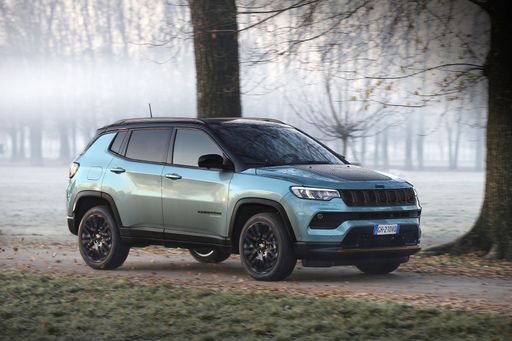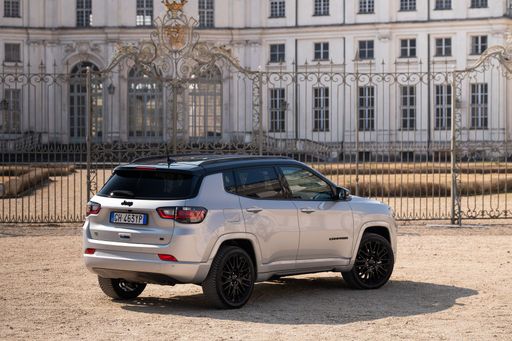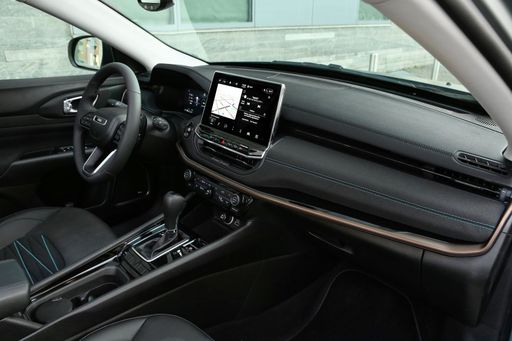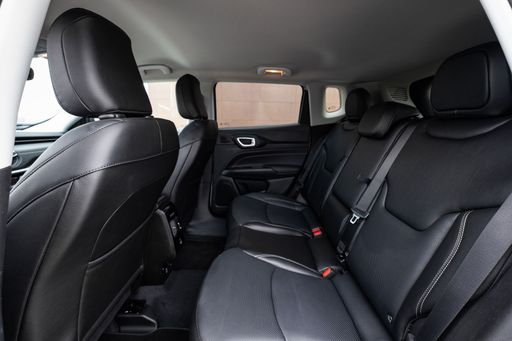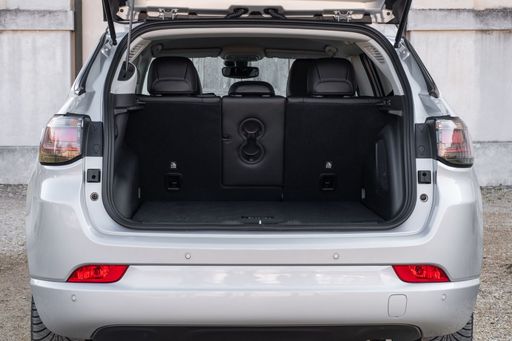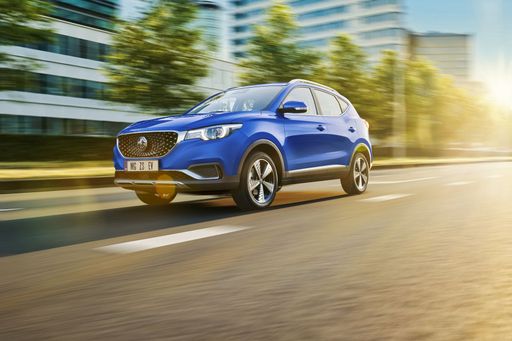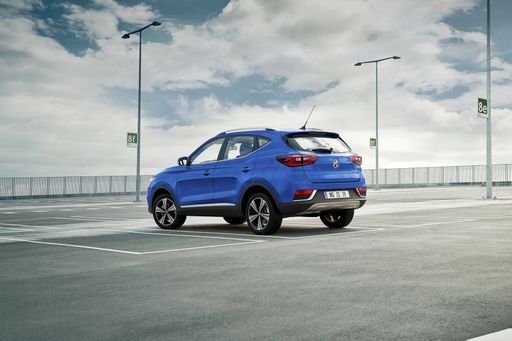Engine and Performance:
Power, torque and acceleration say a lot about how a car feels on the road. This is where you see which model delivers more driving dynamics.
When it comes to engine power, the Jeep Compass has a minimal edge – offering 213 HP compared to 197 HP. That’s roughly 16 HP more horsepower.
In acceleration from 0 to 100 km/h, the Jeep Compass is barely noticeable quicker – completing the sprint in 8.50 s, while the MG ZS takes 8.70 s. That’s about 0.20 s faster.
In terms of top speed, the Jeep Compass performs barely noticeable better – reaching 188 km/h, while the MG ZS tops out at 179 km/h. The difference is around 9 km/h.
There’s also a difference in torque: Jeep Compass pulls decisively stronger with 345 Nm compared to 148 Nm. That’s about 197 Nm difference.

